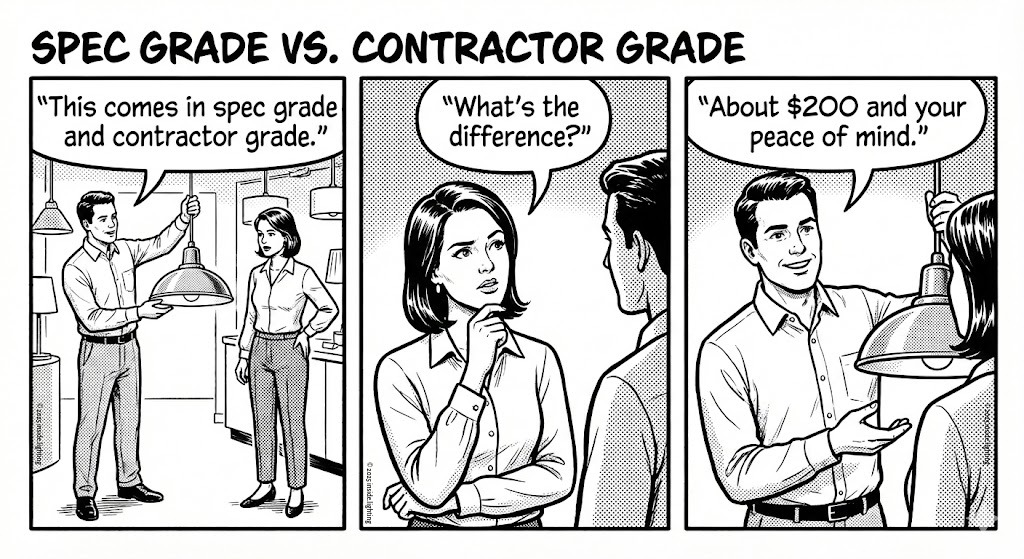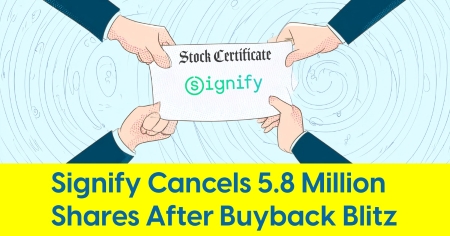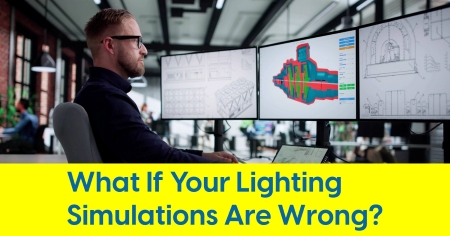August 20, 2024
Illinois Becomes the Tenth State to Enact Fluorescent Ban

Screw-based CFLs phased out by 2026; linear lamps and pin-based CFLs to follow in 2027.
Illinois has officially become the tenth state to enact legislation banning the sale and distribution of fluorescent lamps containing mercury. This legislative move, which aligns with similar actions in Vermont, California, Colorado, Hawaii, Rhode Island, Maine, Oregon, Washington and Minnesota, marks a significant step in reducing mercury pollution and protecting public health and the environment.
On August 9, Illinois Governor J.B. Pritzker signed a bill into law that will ban nearly all fluorescent lamps starting in 2026, with a complete phase-out by January 1, 2027. The legislation is part of a flurry of new laws enacted by Pritzker, including Senate Bill 2960, which prohibits hotels from offering single-use plastic soap and shampoo bottles, and Senate Bill 2662, which bans the marketing of e-cigarettes in a manner that makes them resemble everyday objects like pens.
Detailed Legislative Framework
The Illinois General Assembly has amended the Environmental Protection Act to implement this ban, addressing the environmental and health risks associated with mercury, a potent neurotoxin found in fluorescent lamps. The legislation is designed to phase out mercury-containing lamps in favor of safer, more sustainable alternatives such as LED lamps, which do not contain mercury and are more energy-efficient.
Prohibited Sales and Distribution:
- Effective January 1, 2026: The sale or distribution of new screw-base or bayonet-base, mercury containing, compact fluorescent lamps (CFLs) will be prohibited.
- Effective January 1, 2027: The ban will extend to pin-base, mercury containing CFLs and linear fluorescent lamps.
Key Definitions:
- Compact Fluorescent Lamp (CFL): A low-pressure, mercury-containing electric-discharge light source that uses a fluorescent coating to convert ultraviolet energy into visible light. These lamps come in various shapes and base types, with a wide range of color temperatures.
- Linear Fluorescent Lamp: Similar to CFLs, these lamps are low-pressure, mercury-containing light sources available in various tube diameters (T5, T8, T10, T12) and lengths (0.5 to 8.0 feet), commonly used in commercial and industrial settings.
Exemptions for Specialized Applications
While the legislation broadly prohibits the sale of most mercury-containing fluorescent lamps, it includes several exemptions for specific applications where alternatives may not be readily available or where the use of fluorescent lamps is critical. These exemptions include:
- Image Capture and Projection Lamps: Used in photocopying, printing, film projection, and other similar activities.
- Ultraviolet (UV) Lamps: Specifically designed for germicidal purposes, disinfection, and other specialized uses.
- Medical and Veterinary Lamps: Lamps designed for medical diagnostics, treatment, or use in medical devices.
- Pharmaceutical Manufacturing Lamps: Employed in the production and quality control of pharmaceuticals.
- Spectroscopy and Photometry Lamps: Used in scientific research and process monitoring.
- Academic and Research Lamps: Reserved for exclusive use in research within academic institutions.
- Motor Vehicle Lamps: CFLs used in vehicles manufactured before January 1, 2020.
- Non-LED Alternatives: CFLs and linear fluorescent lamps sold before January 1, 2028, may continue to be sold if no LED alternatives are available.
Utility Considerations and Industry Implications
Importantly, the legislation ensures that utilities in Illinois can continue to promote energy-efficient lighting programs, rebates, and recycling services for fluorescent lamps. Utilities are also permitted to include energy savings from fluorescent technology in their energy conservation plans, as approved by the Illinois Commerce Commission under Section 8-103B of the Public Utilities Act.
This transition away from fluorescent lamps highlights a broader effort by the state to reduce environmental toxins and promote public health. Lighting people in Illinois will need to prepare for these upcoming changes by phasing out the use of mercury-containing lamps and considering the legal exemptions where applicable.










